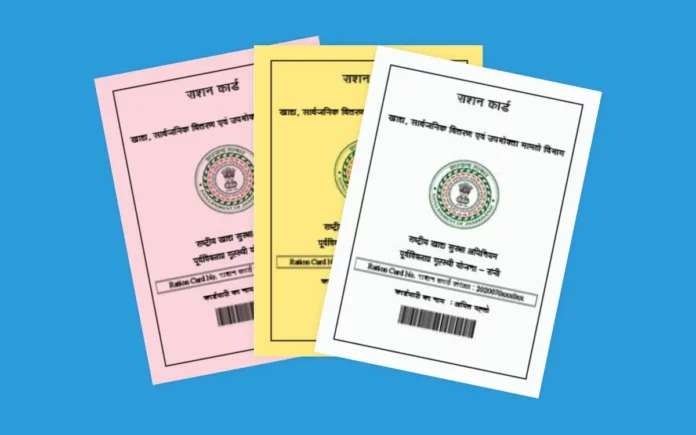The government has made big changes in the ration card scheme starting from 2025.
The main aim is to ensure that free ration and financial help reach only the genuinely poor and needy families.
Families will not be eligible for free ration if:
Monthly income is more than ₹10,000
They own more than 5 acres of agricultural land
They have a four-wheeler registered in their name
They own an urban house larger than 1,000 sq. ft.
Those who qualify will continue to get free ration along with ₹1,000 cash assistance every month, directly deposited into their bank accounts.
Mandatory e-KYC for All Ration Card Holders
Every ration card holder must complete e-KYC. If this is not done before the deadline, the ration card may get deactivated.
To apply or update details:
Visit the nearest ration shop or district food supply office.
Apply online through the state’s food and supply department website/app.
Submit documents like Aadhaar/ID card, residence certificate, and income certificate.
After verification, the ration card will be issued or updated within 30 days.
What Benefits Will Families Receive?
The ration will now include both grains and nutritious items:
5 kg rice or wheat per person (free)
Pulses, salt, and oil
The scheme also includes:
Digital ration cards and biometric verification to stop fake beneficiaries.
One Nation, One Ration Card facility so that migrant workers can take ration from any part of the country.
Aim of the New Rules
With these changes, the government wants to:
Provide direct benefits only to the poor
Prevent misuse of resources
Ensure transparent and efficient distribution of food and cash assistance
From 2025, only economically weak and genuinely poor families will get free ration and cash benefits.
To continue receiving support, all eligible families must complete e-KYC and update their details on time.
